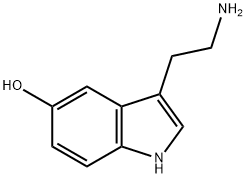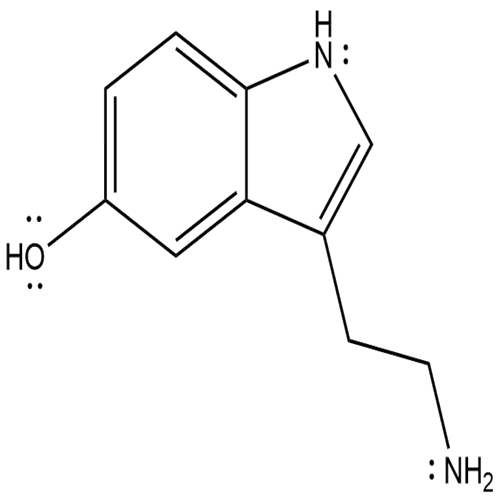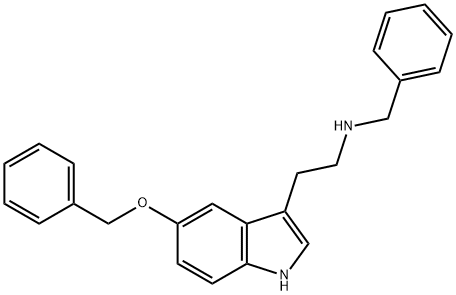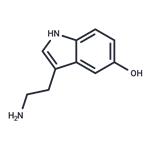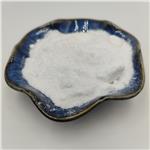Description
Serotonin is the baby boomer of neurotransmitters: It was identified in the late 1940s, its adolescence was troubled and turbulent, it made the drug scene in the 1960s, and it nearly died of an overdose in the early 1970s. At one point, the remark was made that serotonin doesn't do anything. On reaching its middle years, serotonin has matured and become an important topic of study, a household name, and more complicated than ever. Serotonin has been associated with, among other things, anxiety, depression, schizophrenia, drug abuse, sleep, dreaming, hallucinogenic activity, headache, cardiovascular disorders, and appetite control, and it is now dabbling in acupuncture and transcendental meditation.
Serotonin was independently identified in the late 1940s by two groups of investigators: In the United States, it was called serotonin, whereas in Italy, it was
called enteramine. Its total synthesis in the early 1950s confirmed that both substances were 5-hydroxytryptamine (5-HT ). Serotonin (5-HT ) was detected in
numerous plant and animal species and, in the mid-1950s, was identified in the central nervous system (CNS) of animals. A neurotransmitter role was
subsequently proposed for this substance. Later, 5-HT was implicated in a variety of central and peripheral physiologic actions. It seemed to be involved in
vasoconstriction and vasodilation, regulation of body temperature, sleep, and hormonal regulation, and evidence suggested that it might be involved in
depression. The structural similarity between 5-HT and the then recently discovered hallucinogenic agent (+)-lysergic acid diethylamide (LSD) intrigued
investigators. This observation led to speculation that 5-HT might be involved in the mechanism of action of psychoactive substances and that it might play a
seminal role in various mental disorders.
Biological Functions
Serotonin (5-hydroxytryptamine, or 5HT) is present in
the brain as well as in the periphery. In humans, about
90% of the total serotonin in the body is in enterochromaffin
cells in the gastrointestinal tract; the remaining
10% occurs primarily in the platelets and brain. The
physiological significance of the vast amounts of serotonin
constantly synthesized and metabolized in the periphery
still remains an enigma. Brain serotonin has been
implicated as a potential neurotransmitter in the mediation
of a wide variety of phenomena.
Clinical Use
Initially, serotonin was thought to be a sleep-promoting neurotransmitter or an “antiwaking” agent. The
recognition of the numerous 5-HT receptor subtypes, often with unique anatomical distribution, has required
that a more complex role for serotonin be developed. Current studies indicate that conditions for sleep are now
met when the serotoninergic system becomes inactive. The serotonin agonists for the 5-HT1 (via the 5-HT1A
and 5-HT1B types at the hypothalamic level), 5-HT2, and 5-HT3 receptors cause wakefulness and inhibit sleep.
Blockade of the 5-HT2 receptors (e.g., the 5-HT2 antagonist ritanserin) results in increased NREM sleep and
inhibition of REM sleep. It has been proposed that the 5-HT1A and 5- HT2 may be involved in sleep by
regulation of sleep-promoting substances in the hypothalamus. With the development of newer and more
selective ligands for use in studying the numerous serotonin receptor subtypes, a better
understanding of the role of serotonin in sleep will evolve.
Metabolism
The major route of metabolism for 5-HT is oxidative deamination by monoamine oxidase (MAO-A) to the unstable 5-hydroxyindole- 3-acetaldehyde, which is either reduced to 5-hydroxytryptophol (~15%) or oxidized to 5-hydroxyindole-3-acetic acid (~85%). In the pineal gland, 5-HT is acetylated by 5-HT N-acetyltransferase to N-acetylserotonin, which undergoes O-methylation by 5-hydroxyindole-O-methyltransferase to melatonin.
References
Petrova, Men'shikov,J. Gen. Chern. USSR, 31,2413 (1961)
